As with websites, very similar rules also apply to PDFs and newsletters. As always, it’s all about ease of use and comprehensibility – basic requirements that we all expect as users of websites, apps, and other applications. In this blog post, I’ve put together what you need to look out for when creating an accessible newsletter.
Subject
Choose a meaningful subject so that the recipients know what to expect in the mail.
By the way: You don’t just score from an accessibility point of view. If you make your readers curious with a good subject, the mail will not end up in the trash unopened.
Structure
Pay attention to a logical structure: Draw headings correctly as headings. The easiest way is to create a template and assign a font size and color design to the different headings by default. You can then select the correct font for new campaigns for the texts and titles.
Since many newsletters are also opened on mobile devices, you should also pay attention to a logical structure in the order of the contents. Good newsletter tools such as MailChimp allow you to preview news on different screen sizes or even in different mail clients.
Contrast
Select text colors that are rich in contrast to the background. Only then is the text easy to read for people with color vision loss or a visual impairment, but also for older people with impaired vision.
Images and graphics
Avoid text graphics in the newsletter. Information contained therein is not accessible to technological aids such as screen readers. In addition, many mail clients only load images on demand by default. This means that information in banners, infographics and diagrams is only available when the user explicitly loads the images.
For the same reason, you should always add an alternative text to all images in the newsletter. This text is displayed if the images are not loaded by the recipient.
Link texts
In the blog post “Meaningful link texts for SEO and accessibility” I explained in detail why meaningful and context-independent link texts are needed. The same applies to newsletters: Avoid using the same link text for all links.
Text-only version
Since many newsletter recipients prefer to receive text-only emails instead of HTML versions, you should always provide a text-only version. You can automatically generate such plain-text emails in newsletter tools like Mailchimp or CleverReach.
If you consider these six aspects when creating a newsletter, you will reach more readers. Accessibility also means usability.
Do you need help setting up an accessible newsletter template? I would be happy to get in touch with you.

